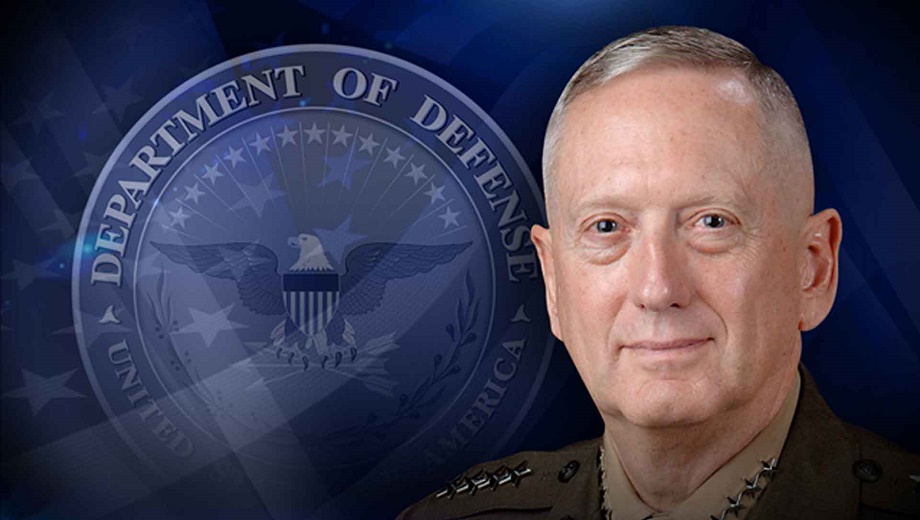Congressional Report: Nuclear Modernization Imperative

The report also draws attention to the fact that nuclear forces represent a relatively small portion of the overall defense budget estimating that “nuclear forces account for roughly 6 percent of the total 10-year costs of the plans for national defense outlined last year in the departments’ 2017 budget requests.” CBO also estimates that on an annual basis, that percentage will rise from just 5 percent in 2017 to slightly less than 7 percent in 2026.
The good news is that there is widespread agreement on the need to modernize. Both the Trump and Obama Administrations, senior military leaders, and senior congressional leaders agree: nuclear deterrence is DOD’s highest priority mission and therefore should be given highest priority in the defense budget. When it comes to nuclear deterrence, you cannot put a price on the United States’ safety and security.
Trump Administration
Secretary of Defense, Jim Mattis, January 2017:
“I consider the deterrent to be critical, because we don’t ever want those weapons used. So either the deterrent is safe and secure, it is compelling, or we actually open the door for something worse, whether it be a technical accident or political accident. So, to me, it’s an absolute priority.”
Senior Military Leaders
General Joe Dunford, Chairman of the Joint Chiefs of Staff, March 2016:
“As we contend with the department’s five strategic challenges, we recognize that successful execution of our defense strategy requires that we maintain credible nuclear and conventional capabilities. Our strategic nuclear deterrent remains effective, but it’s aging and it requires modernization. Therefore, we’re prioritizing investments needed for a safe, secure and effective nuclear deterrent.”
General Mark Milley, Chief of Staff of the Army, March 2016:
“… the nuclear triad has kept the peace…that system, it deteriorated… and it needs to be revamped…It needs to be overhauled and brought that back up to its level of readiness.”
General David Goldfein, Chief of Staff of the Air Force, December 2016:
“The globe is not getting any safer, and I believe the nuclear enterprise supports all military operations and all courses of diplomacy on the planet. When I describe what the Air Force does for the nation, I start with a safe and reliable nuclear deterrent and work my way out from there.”
General Stephen Wilson, Vice Chief of Staff of the Air Force, February 2017:
“…Investment…on all the modernization programs…will peak at about 5.5 percent of our defense budget…Foundationally…what the nuclear deterrent provides our nation is incalculable. As I look across the globe and the landscape that you talk about changing, as we see what our adversaries are doing across their force, we have no option but to modernize.”
General John Hyten, CDR STRATCOM, September 2016:
“I think it’s essential that we always maintain a fully ready nuclear deterrent capability. There should be no doubt that the nation needs that capability as the backstop for everything we do as a military.”
Obama Administration
Secretary of Defense Ash Carter, November 2016:
“… And the nuclear deterrent is of fundamental importance that is not a large part of the acquisition budget or the defense budget. But it’s extremely important. So, I’m confident these programs are affordable.”
“America’s nuclear deterrent is the bedrock of our security. While this mission isn’t in the headlines every day, as I see it, we’re in real trouble if it ever is. It remains the highest priority of the Department of Defense.”


